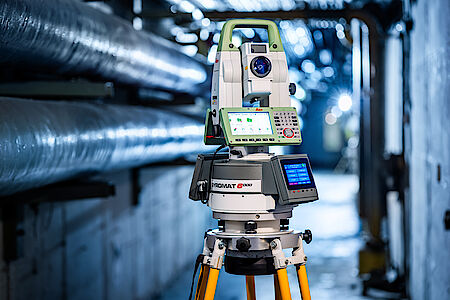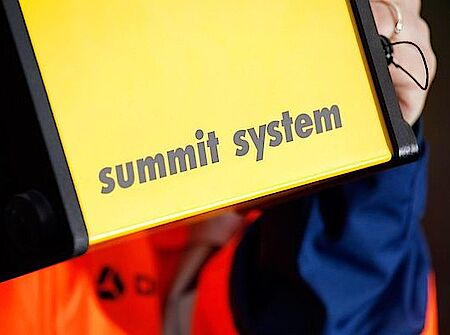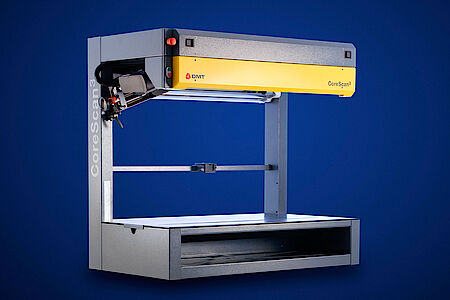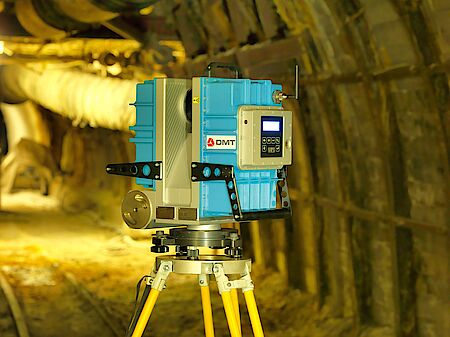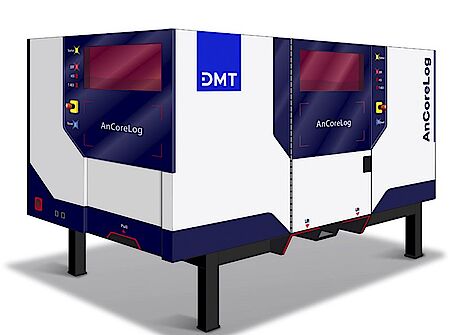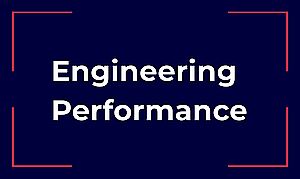Innovative Geo Measuring Systems
DMT measuring systems stand for quality, functionality and practicality – the result of our many years of experience in the production of high-precision devices and the extensive know-how of our development specialists.
Alongside extreme robustness for industrial use and the often harsh conditions in the field, our products are designed primarily with maximum accuracy and data quality in mind. In addition, we deliver ergonomic design, intuitive usability and even explosion-protected versions depending on your requirements.
Our portfolio of measuring systems includes:
GYROMAT 6000 – Gyroscope measuring system for high precision in tunnel construction & shipbuilding
DMT's GYROMAT 6000 is the most accurate precision surveying gyroscope in the world.
With an accuracy of 0.8/1000 gon (2 arc-seconds) and a variety of special features, it is the ideal instrument for large-scale tunneling and route surveying projects and other high-precision alignment tasks, such as shipbuilding and other metrology applications.
SUMMIT seismic data acquisition systems
The SUMMIT seismic system convinces by its light weight, the high flexibility on site and the easy and fast line setup meanwhile the data can be seen in real time. It is a game changer in high resolution seismic surveying.
DMT CoreScan - Drill Core Logging System
When it comes to drill-core image acquisition, evaluation and storage, DMT is the preferred partner of professionals working in exploration, geotechnical and scientific drilling.
The improved CoreScan 3 system enables 360° drill core scanning with database and evaluation software.
IMAGER 5006EX - Ex-proof Laser Scanner
With a long history in the field of mine safety, DMT is proud to have developed the world's only ATEX approved 3D laser scanner specially designed for explosive atmospheres together with our partners at electrical engineering company Zoller+Froehlich GmbH.
ANCORELOG – Analytical Core Logger
Sensor-based mineralogical-chemical and optical drill core analysis and digitalization.
DMT´s latest development in core scanning technology is a modular multi-sensor device that combines analytical sensors and measures chemical and mineralogical drill core compositions in real-time. Additionally, smart machine learning techniques are used in order to classify the core samples into geological domains like e.g. lithologies or alteration zones. The perfect tool to support geologists and speed up decision-making!
Sales agents worldwide: for your convenience
To better serve our clients around the globe, many of our geo instruments are available to purchase through official sales agents in numerous countries. View our list of international representatives to find a local contact.
If you are a seller of geo exploration and measuring systems and are interested in acting as a sales agent for our products, please don't hesitate to contact us products(at)dmt-group.LÖSCHEN.com.


